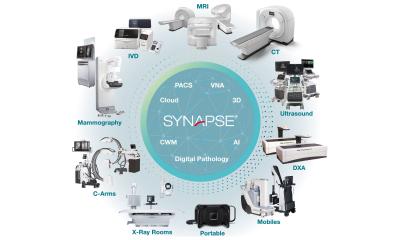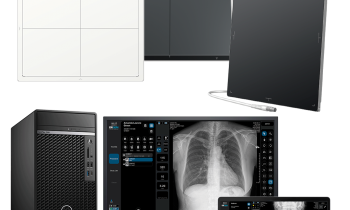Preventing age-Related brain changes in older adults
Older adults who exercise regularly show increased cerebral blood flow and a greater number of small blood vessels in the brain, according to findings presented today at the annual meeting of the Radiological Society of North America (RSNA).

The study, conducted at the University of North Carolina (UNC) – Chapel Hill, is the first to compare brain scans of older adults who exercise to brain scans of those who do not.
"Our results show that exercise may reduce age-related changes in brain vasculature and blood flow," said presenter Feraz Rahman, M.S., currently a medical student at Jefferson Medical College in Philadelphia. "Other studies have shown that exercise prevents cognitive decline in the elderly. The blood vessel and flow differences may be one reason."
The researchers recruited 12 healthy adults, age 60 to 76. Six of the adults had participated in aerobic exercise for three or more hours per week over the last 10 years, and six exercised less than one hour per week. All of the volunteers underwent MRI to determine cerebral blood flow and MR angiography to depict blood vessels in the brain.
Using a novel method of three-dimensional (3-D) computer reconstruction developed in their lab, the researchers were able to make 3-D models of the blood vessels and examine them for shape and size. They then compared the blood vessel characteristics and how they related to blood flow in both the active and inactive groups.
The results showed that the inactive group exhibited fewer small blood vessels in the brain, along with more unpredictable blood flow through the brain.
"The active adults had more small blood vessels and improved cerebral blood flow," said the study's senior author, J. Keith Smith, M.D., Ph.D., associate professor of radiology at UNC School of Medicine. "These findings further point out the importance of regular exercise to healthy aging."
The study was funded by the UNC Biomedical Research Imaging Center and by a grant from the National Institutes of Health.
Co-authors are Elizabeth Bullitt, M.D., Laurence, Katz, M.D., and Bonita Marks, Ph.D.
01.12.2008











